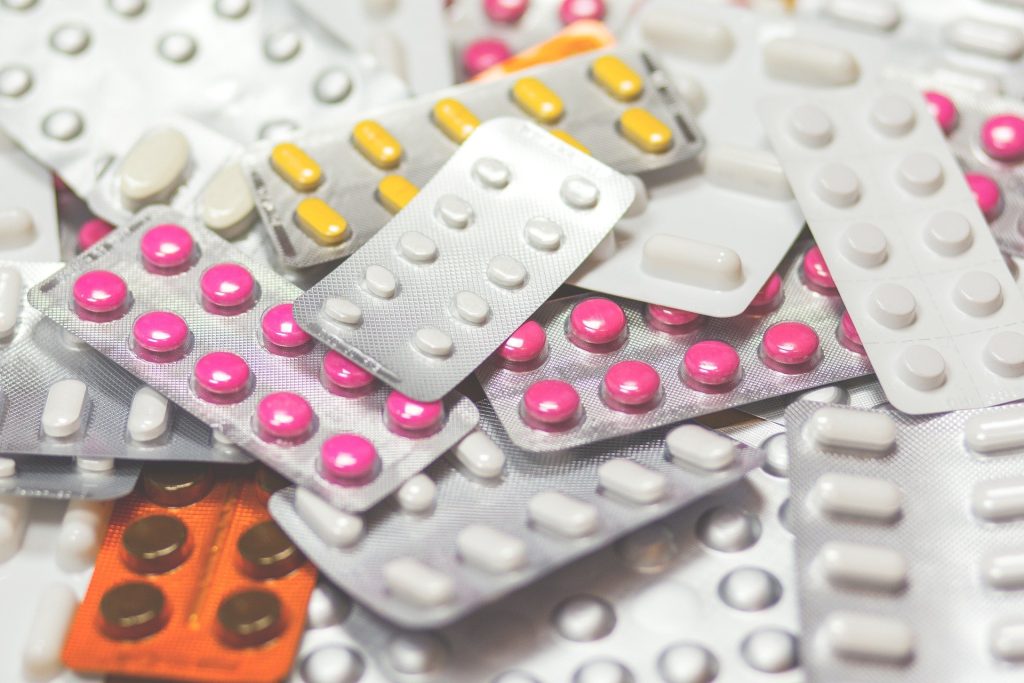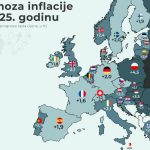As Poslovni Dnevnik/Marija Crnjak writes, the strategic turn of the European Union towards strengthening supply chains and maintaining production and investment in Europe provides a window of opportunity for Croatia. To be more specific, over the coming years, the Croatian pharmaceutical industry could use the bloc’s move as potential for its own growth and the further development of exports.
At the same time, a significant increase in production in the segment of biosimilar drugs can be expected, in order to increase the availability of drugs for oncology patients.
Unfortunately, this will be a necessary need because after the coronavirus pandemic, a significant increase in oncological diseases (cancer/carcinoma) is expected here in Croatia, as well as across the rest of Europe, due to reduced healthcare facilities being offered in these difficult pandemic conditions, including preventive examinations. This is evidenced by the figures presented on Tuesday by the Association of Drug Manufacturers of the Croatian Employers’ Association (HUP UPL).
“In the EU, as many as 73 percent of patients have difficulty accessing healthcare, and the European Cancer Organisation estimates that 100 million early cancer screenings were not performed across Europe during the coronavirus pandemic, and that almost a million cases of cancer ended up not being diagnosed. Here in Croatia, during the pandemic, 41 percent of residents had what they needed for their healthcare agreed upon, and only 16.5 percent managed to realise what they required. The Croatian pharmaceutical industry recorded a drop in the consumption of basic cytostatics by an average of 20 percent, PharmaS had a drop of 30 percent, and this is the first line of treatment for malignant diseases. The consumption of drugs related to anesthesia and surgery has also dropped. This means that both diagnostics and treatment have been reduced,” said Jerko Jaksic, President of the Management Board of PharmaS and President of UPL.
However, throughout the global pandemic, medicines have been made much more available to patients across Croatia than in other EU countries, and the Croatian pharmaceutical industry has proven to be very resilient indeed.
Croatia is one of the few countries that has all of the segments of pharmaceutical production, from research and development, through the production of active pharmaceutical ingredients to finished products, available to it. Yesterday, for the first time, HUP revealed data showing the sheer strength of the Croatian pharmaceutical industry, which has been declared to be strategic for the Republic of Croatia.
Last year, the sector had a total revenue of 7.42 billion kuna, which is about 61 percent more than it enjoyed 10 years ago, with a constant growth of gross profit that is regularly reinvested – in 10 years, about 5.5 billion kuna was invested. The share of exports in revenues stands at 73 percent and exports are the key to revenue growth. Over the last 11 years, the number of employees in this sector has also quite dramatically increased from 3,500 to almost 6,000.
The Croatian pharmaceutical industry has thus proved to be very resilient and during the pandemic, we were in the lucky position of others being able to seek drugs from Croatia that are otherwise not available on the European market. All of this facilitates a solid negotiating position in the coming period and opens up the potential for investment in new factories and plants.
Namely, surveys conducted in some EU member states have shown that as many as 84 percent of patients want their governments to support investment in drug production so as not to depend on suppliers from China and India. As this is a highly regulated industry, this process will take at least 5 years. The opportunity for growth here in Croatia is the growing share of generic therapy, but also biosimilar drugs. According to data from back in 2019, generic medicines account for 61 percent of total drug consumption in Croatia, which is lower than the EU average of 67 percent.
Of the total consumption of biologics, biosimilars accounted for a modest 13 percent of the market (11 percent in 2018), in contrast to Scandinavian countries where that share is about 70 percent. There is a huge space for growth, but also savings in the health budget with the overall better availability of treatment.
“Regulation is insufficient in some parts, but most often the situation is just that it isn’t being implemented, so we still have slow approval times and the prescribing of generic drugs, and despite the fact that the budget for drugs is mostly broken by expensive biological drugs, which are given only in later stages of treatment, we have a low market share of cheaper biosimiles. This is happening because we aren’t actually monitoring the outcomes of treatment “, they warned from the aforementioned Association.
For more, make sure to check out our dedicated business section.











